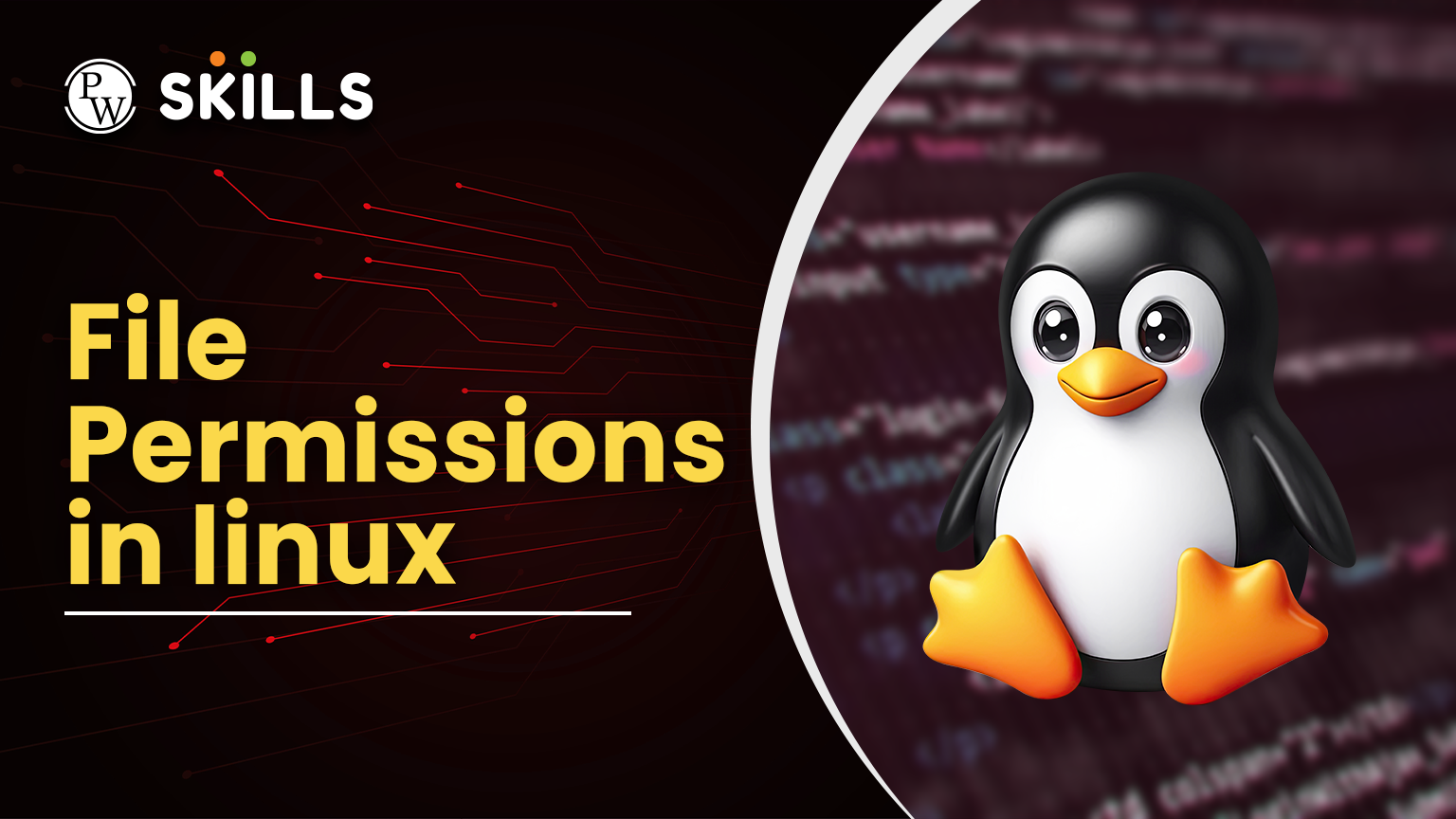Why File Permission in Linux Is a Big Deal
Whether you’re a budding developer, a system admin, or just someone getting their hands dirty with Linux, understanding file permission in Linux is not just a technical necessity—it’s a life skill. A misconfigured permission can break your code, expose sensitive data, or crash a production environment.
This blog dives deep into file permission in Linux, making it simple, practical, and digestible, with over 30 mentions of the term to help this article rank and resonate.
1. What Are File Permissions in Linux?
Let’s start at ground zero. File permission in Linux determines who can read, write, or execute a file or directory. Every file in Linux has three types of access levels:
- Owner: The person who created the file.
- Group: Other users in the same group as the file.
- Others: Everyone else.
Each of these can have:
- Read (r) – 4
- Write (w) – 2
- Execute (x) – 1
So a permission like rwxr-xr– means:
- Owner: read, write, execute
- Group: read, execute
- Others: read
This is your first taste of linux permissions 777 and beyond. It’s critical to keep these in mind when working with file permission in Linux.
2. Decoding the Linux Permission Number System (e.g., 777)
Here’s where it gets numerical. Permissions can be expressed as numbers:
- 777 = rwxrwxrwx
- 755 = rwxr-xr-x
- 644 = rw-r–r–
So what does linux permissions 777 mean? It means:
- Owner can read, write, and execute
- Group can read, write, and execute
- Others can read, write, and execute
Yes, this gives full access to everyone. Sounds dangerous? Because it is, if not used carefully. Always evaluate the use case before assigning file permission in Linux.
3. How to Check File Permission in Linux
Open your terminal and use:
ls -l filename
This will show you:
-rwxr-xr– 1 users 1234 Apr 10 20:00 script.sh
This format tells you the file permission in Linux, the file’s owner, group, size, and modified time.
4. How to Change File Permissions in Linux
Changing file permission in Linux is straightforward using the chmod command.
Example:
chmod 755 myscript.sh
This gives the file myscript.sh the permission rwxr-xr-x.
Want to give full permissions (yes, the infamous linux permissions 777)?
chmod 777 filename
Using Symbols Instead of Numbers:
chmod u+x file.sh # Add execute to user
chmod g-w file.sh # Remove write from group
chmod o+r file.sh # Add read to others
These commands are core to understanding how to change file permissions in Linux, especially when dealing with complex access needs in modern environments. Proper use of file permission in Linux reduces the risk of unauthorized access.
5. File Permission in Linux with Examples (Real-World Use Cases)
Example 1: Making a script executable
chmod +x deploy.sh
Example 2: Restricting file access for privacy
chmod 600 resume.pdf
This makes the file readable and writable only by you.
Example 3: Setting shared group access
chmod 770 project-folder
Both owner and group can do everything. Others get nothing.
Understanding these examples is key to mastering file permissions in Linux with examples, which helps you avoid accidental errors in collaborative setups. Real-world practice is the best way to internalize file permission in Linux.
6. File Permissions in Linux Command List
Here’s your cheat sheet:
| Command | Function |
| chmod | Change file mode (permissions) |
| chown | Change file ownership |
| ls -l | List file permissions |
| umask | Set default permission when creating files |
| stat | Display detailed permission info |
Combine these, and you’ll ace any practical test on File Permission in Linux. Every Linux user should be fluent in the above File Permissions in Linux command list.
7. Why Default Permissions Matter (umask Concept)
Every time a file or folder is created, default permissions are applied based on umask value.
For example, if the umask is 022:
- Default directory permission: 755
- Default file permission: 644
This ensures your files aren’t accidentally world-writable. Understanding umask is essential for managing file permission in Linux responsibly.
Pro Tips to Master File Permission in Linux
- Use chmod -R to change permissions recursively.
- Avoid 777 unless absolutely necessary.
- Use groups to manage permissions for teams.
- Always check permissions before sharing code.
- Use chown wisely for ownership settings related to file permission in Linux.
Common Mistakes while having File Permission in Linux
- Giving 777 to everything “just to make it work.”
- Ignoring group-level permissions.
- Not using chmod recursively where needed.
- Forgetting to change permissions on uploaded files.
Every mistake above can lead to errors or security threats. Knowing how to change File Permissions in Linux safely can save hours of debugging and ensure the right access for the right people.
A Word from PW Skills
Want to go beyond just learning File Permission in Linux? PW Skills offers top-tier DevOps and Cloud Computing Course tailored for modern learners. Learn with real-world projects, hands-on labs, and mentorship from industry veterans. Master the shell, conquer the cloud, and make sense of everything from Linux permissions 777 to AWS IAM policies.
Take the next step in your career—join PW Skills today.
File Permission In Linux FAQs
What does 777 mean in Linux permissions?
It means full access to everyone—owner, group, and others can read, write, and execute the file.
How to check file permissions in Linux?
Use ls -l filename in the terminal.
How to change file permission in Linux?
Use chmod followed by permission code or symbolic format.
Can I undo chmod 777?
Yes, by assigning the original or more secure permissions back, like chmod 644 file.txt.
What’s the best permission setting for web files?
Usually 644 for files and 755 for directories.

